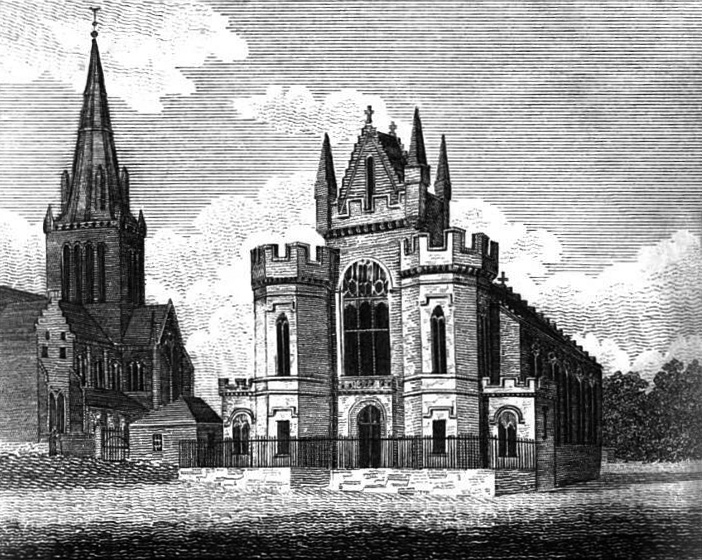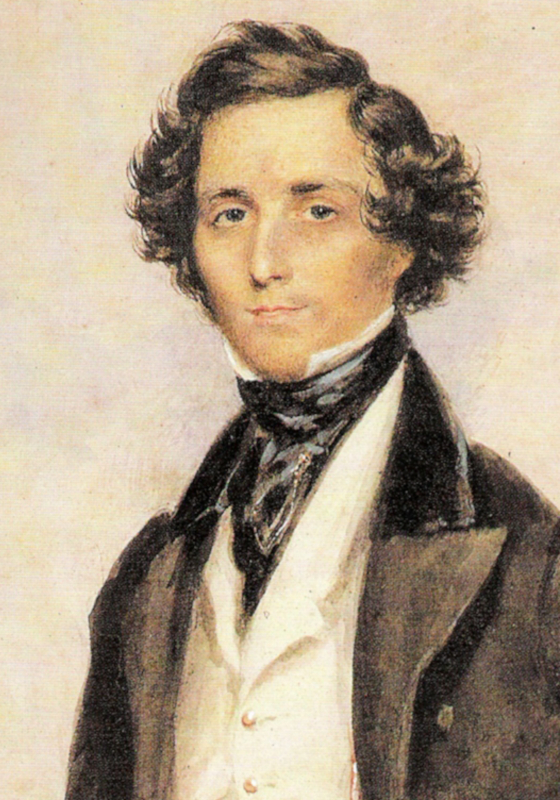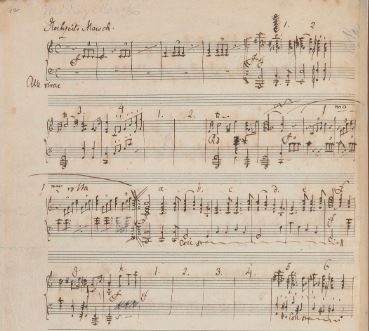|
Wedding Dress Of Lady Alice Montagu Douglas Scott
The wedding of Prince Henry, Duke of Gloucester, and Lady Alice Montagu Douglas Scott took place on Wednesday, 6 November 1935, in the private chapel at Buckingham Palace. A larger public ceremony had been planned for Westminster Abbey, but plans were scaled back after the bride's father, the 7th Duke of Buccleuch, died of cancer on 19 October. Engagement The engagement between Prince Henry, Duke of Gloucester, third son of King George V and Queen Mary, and Lady Alice Montagu Douglas Scott, third daughter of the 7th Duke and Duchess of Buccleuch, was announced on 2 September 1935 at Balmoral Castle. Alice later recalled there was no formal proposal and the Duke had "mumbled it as we were on a walk one day." The wedding date was set for 6 November 1935 and plans were in place for a lavish public celebration at Westminster Abbey like the weddings of the Duke's siblings. However, mere weeks before the wedding, the bride's father died of cancer on 19 October 1935. This, in com ... [...More Info...] [...Related Items...] OR: [Wikipedia] [Google] [Baidu] |
Buckingham Palace
Buckingham Palace () is a London royal residence and the administrative headquarters of the monarch of the United Kingdom. Located in the City of Westminster, the palace is often at the centre of state occasions and royal hospitality. It has been a focal point for the British people at times of national rejoicing and mourning. Originally known as ''Buckingham House'', the building at the core of today's palace was a large townhouse built for the Duke of Buckingham in 1703 on a site that had been in private ownership for at least 150 years. It was acquired by King George III in 1761 as a private residence for Queen Charlotte and became known as The Queen's House. During the 19th century it was enlarged by architects John Nash and Edward Blore, who constructed three wings around a central courtyard. Buckingham Palace became the London residence of the British monarch on the accession of Queen Victoria in 1837. The last major structural additions were made in the late 19th ... [...More Info...] [...Related Items...] OR: [Wikipedia] [Google] [Baidu] |
Cosmo Gordon Lang
William Cosmo Gordon Lang, 1st Baron Lang of Lambeth, (31 October 1864 – 5 December 1945) was a Scottish Anglican prelate who served as Archbishop of York (1908–1928) and Archbishop of Canterbury (1928–1942). His elevation to Archbishop of York, within 18 years of his ordination, was the most rapid in modern Church of England history. As Archbishop of Canterbury during the abdication crisis of 1936, he took a strong moral stance, his comments in a subsequent broadcast being widely condemned as uncharitable towards the departed king. The son of a Scots Presbyterian minister, Lang abandoned the prospect of a legal and political career to train for the Anglican priesthood. Beginning in 1890, his early ministry was served in slum parishes in Leeds and Portsmouth, except for brief service as Vicar of the University Church of St Mary the Virgin in Oxford. In 1901 he was appointed suffragan Bishop of Stepney in London, where he continued his work among the poor. He also serve ... [...More Info...] [...Related Items...] OR: [Wikipedia] [Google] [Baidu] |
Elizabeth II
Elizabeth II (Elizabeth Alexandra Mary; 21 April 1926 – 8 September 2022) was Queen of the United Kingdom and other Commonwealth realms from 6 February 1952 until her death in 2022. She was queen regnant of 32 sovereign states during her lifetime, and was head of state of 15 realms at the time of her death. Her reign of 70 years and 214 days was the longest of any British monarch and the longest verified reign of any female monarch in history. Elizabeth was born in Mayfair, London, as the first child of the Duke and Duchess of York (later King George VI and Queen Elizabeth The Queen Mother). Her father acceded to the throne in 1936 upon the abdication of his brother Edward VIII, making the ten-year-old Princess Elizabeth the heir presumptive. She was educated privately at home and began to undertake public duties during the Second World War, serving in the Auxiliary Territorial Service. In November 1947, she married Philip Mountbatten, a former prince ... [...More Info...] [...Related Items...] OR: [Wikipedia] [Google] [Baidu] |
George VI
George VI (Albert Frederick Arthur George; 14 December 1895 – 6 February 1952) was King of the United Kingdom and the Dominions of the British Commonwealth from 11 December 1936 until Death and state funeral of George VI, his death in 1952. He was also the last Emperor of India from 1936 until the British Raj was dissolved in August 1947, and the first Head of the Commonwealth following the London Declaration of 1949. The future George VI was born in the reign of his great-grandmother Queen Victoria; he was named Albert at birth after his great-grandfather Albert, Prince Consort, and was known as "Bertie" to his family and close friends. His father ascended the throne as George V in 1910. As the second son of the king, Albert was not expected to inherit the throne. He spent his early life in the shadow of his elder brother, Edward VIII, Prince Edward, the heir apparent. Albert attended naval college as a teenager and served in the Royal Navy and Royal Air Force during the W ... [...More Info...] [...Related Items...] OR: [Wikipedia] [Google] [Baidu] |
Edward VIII
Edward VIII (Edward Albert Christian George Andrew Patrick David; 23 June 1894 – 28 May 1972), later known as the Duke of Windsor, was King of the United Kingdom and the Dominions of the British Empire and Emperor of India from 20 January 1936 until Abdication of Edward VIII, his abdication in December of the same year. Edward was born during the reign of his great-grandmother Queen Victoria as the eldest child of the Duke and Duchess of York, later King George V and Mary of Teck, Queen Mary. He was created Prince of Wales on his 16th birthday, seven weeks after his father succeeded as king. As a young man, Edward served in the British Army during the First World War and undertook several overseas tours on behalf of his father. While Prince of Wales, he engaged in a series of sexual affairs that worried both his father and then-British prime minister Stanley Baldwin. Upon Death and state funeral of George V, his father's death in 1936, Edward became the second monarch of the ... [...More Info...] [...Related Items...] OR: [Wikipedia] [Google] [Baidu] |
Felix Mendelssohn
Jakob Ludwig Felix Mendelssohn Bartholdy (3 February 18094 November 1847), born and widely known as Felix Mendelssohn, was a German composer, pianist, organist and conductor of the early Romantic period. Mendelssohn's compositions include symphonies, concertos, piano music, organ music and chamber music. His best-known works include the overture and incidental music for '' A Midsummer Night's Dream'' (which includes his "Wedding March"), the '' Italian Symphony'', the '' Scottish Symphony'', the oratorio ''St. Paul'', the oratorio ''Elijah'', the overture ''The Hebrides'', the mature Violin Concerto and the String Octet. The melody for the Christmas carol "Hark! The Herald Angels Sing" is also his. Mendelssohn's ''Songs Without Words'' are his most famous solo piano compositions. Mendelssohn's grandfather was the renowned Jewish philosopher Moses Mendelssohn, but Felix was initially raised without religion. He was baptised at the age of seven, becoming a Reformed Christi ... [...More Info...] [...Related Items...] OR: [Wikipedia] [Google] [Baidu] |
A Midsummer Night's Dream (Mendelssohn)
At two separate times, Felix Mendelssohn composed music for William Shakespeare's play ''A Midsummer Night's Dream'' (in German ''Ein Sommernachtstraum''). First in 1826, near the start of his career, he wrote a concert overture ( Op. 21). Later, in 1842, only a few years before his death, he wrote incidental music (Op. 61) for a production of the play, into which he incorporated the existing overture. The incidental music includes the famous "Wedding March". Overture The overture in E major, Op. 21, was written by Mendelssohn at 17 years and 6 months old (it was finished on 6 August 1826).''Grove's Dictionary of Music and Musicians'', 5th ed., 1954 Contemporary music scholar George Grove called it "the greatest marvel of early maturity that the world has ever seen in music". It was written as a concert overture, not associated with any performance of the play. The overture was written after Mendelssohn had read a German translation of the play in 1826. The translation was by A ... [...More Info...] [...Related Items...] OR: [Wikipedia] [Google] [Baidu] |
Wedding March (Mendelssohn)
Felix Mendelssohn's "Wedding March" in C major, written in 1842, is one of the best known of the pieces from his suite of incidental music (Op. 61) to Shakespeare's play ''A Midsummer Night's Dream''. It is one of the most frequently used wedding marches, generally being played on a church pipe organ. At weddings in many Western countries, this piece is commonly used as a recessional, though frequently stripped of its episodes in this context. It is frequently teamed with the "Bridal Chorus" from Richard Wagner's opera ''Lohengrin'', or with Jeremiah Clarke's "Prince of Denmark's March", both of which are often played for the entry of the bride. The first known instance of Mendelssohn's "Wedding March" being used at a wedding was when Dorothy Carew wed Tom Daniel at St Peter's Church, Tiverton, England, on 2 June 1847 when it was performed by organist Samuel Reay. However, it did not become popular at weddings until it was selected by Victoria, The Princess Royal for he ... [...More Info...] [...Related Items...] OR: [Wikipedia] [Google] [Baidu] |
Praise, My Soul, The King Of Heaven
"Praise, my soul, the King of heaven" is a Christian hymn. Its text, which draws from Psalm 103, was written by Anglican divine (clergyman) Henry Francis Lyte. First published in 1834, it endures in modern hymnals to a setting written by John Goss in 1868, and remains one of the most popular hymns in English-speaking denominations. History The text of the hymn was first published in Lyte's ''The Spirit of the Psalms'' (1834), a publication intended for the use of his own congregation in southern England. It appeared in multiple influential publications, such as ''Hymns Ancient and Modern'' (1861) and ''The English Hymnal'' (1906). It remains extremely popular and John Richard Watson notes that "it is hard to find a major hymnbook that does not include it". The hymn is frequently sung in the United Kingdom and was used in the 1947 royal wedding of Princess Elizabeth, later Queen Elizabeth II, and Prince Philip, Duke of Edinburgh. It was also used as the opening hymn at the 2018 f ... [...More Info...] [...Related Items...] OR: [Wikipedia] [Google] [Baidu] |
Primus Of The Scottish Episcopal Church
The Primus of the Scottish Episcopal Church, styled "The Most Reverend the Primus of the Scottish Episcopal Church", is the presiding bishop of the Scottish Episcopal Church. The current Primus is the Most Revd. Mark Strange who became primus on 27 June 2017. The word literally means "first" in Latin and is cognate to the related episcopal title Primate. Roles The Primus of the Scottish Episcopal Church has the following tasks: *to preside at all provincial liturgical functions *to preside at all meetings of the General Synod of the Scottish Episcopal Church *to preside at all meetings of the Episcopal Synod *to declare and carry out the resolutions of the General Synod, the Episcopal Synod and the College of Bishops *to represent the Scottish Episcopal Church in its relation to all other churches of the Anglican Communion and other communions *to perform the functions and duties of primus as specified in the canons of the Scottish Episcopal Church *to correspond on behalf of t ... [...More Info...] [...Related Items...] OR: [Wikipedia] [Google] [Baidu] |
Arthur Maclean
Arthur John MacLean (6 July 1858 – 24 February 1943) was an Anglican bishop in the later decades of the 19th century and first four of the 20th century. Maclean was born into an ecclesiastical family. His father, the Rev Arthur J. Macleane (he later dropped the final "e" from the surname), began a career in the East India Company before returning to England, obtaining a degree from Trinity College, Cambridge, being ordained and securing appointment as inaugural Principal of Brighton College (1846–51). He held two subsequent headships and was editor of various Classical texts, especially Horace and Juvenal. Maclean was educated at Eton College and King's College, Cambridge. He was ordained in 1882 and he was head of the Archbishop of Canterbury's Assyrian Mission from 1886 to 1891 and then Rector of Portree. In 1882 he became Dean of Argyll and The Isles and after this was Rector of Selkirk before a spell as Principal of the Scottish Episcopal Theological College and the ... [...More Info...] [...Related Items...] OR: [Wikipedia] [Google] [Baidu] |
Bishop Of London
A bishop is an ordained clergy member who is entrusted with a position of authority and oversight in a religious institution. In Christianity, bishops are normally responsible for the governance of dioceses. The role or office of bishop is called episcopacy. Organizationally, several Christian denominations utilize ecclesiastical structures that call for the position of bishops, while other denominations have dispensed with this office, seeing it as a symbol of power. Bishops have also exercised political authority. Traditionally, bishops claim apostolic succession, a direct historical lineage dating back to the original Twelve Apostles or Saint Paul. The bishops are by doctrine understood as those who possess the full priesthood given by Jesus Christ, and therefore may ordain other clergy, including other bishops. A person ordained as a deacon, priest (i.e. presbyter), and then bishop is understood to hold the fullness of the ministerial priesthood, given responsibility b ... [...More Info...] [...Related Items...] OR: [Wikipedia] [Google] [Baidu] |
.jpg)








